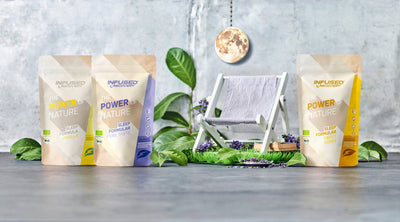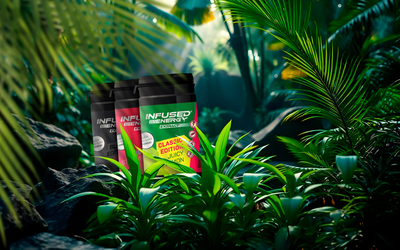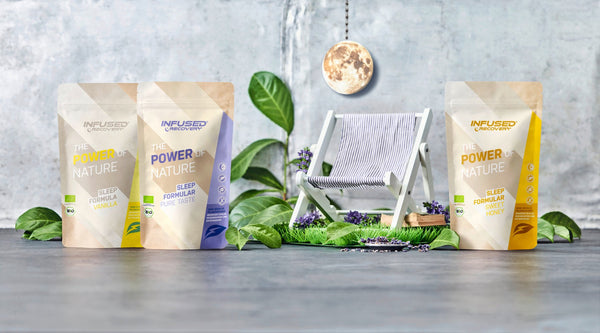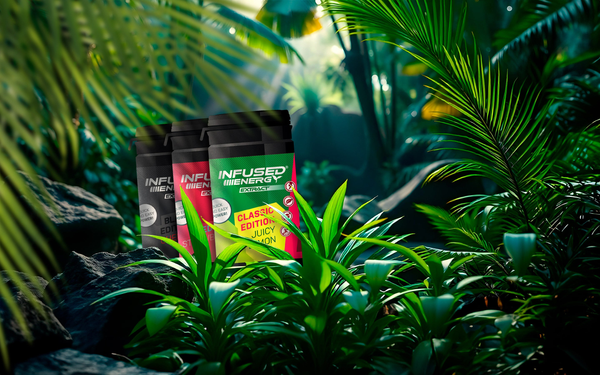Oolong
Like Sencha tea, oolong is made from the Camellia Sinensis plant. However, both tea varieties exhibit significant differences in taste and effect. The key to this difference is the different processing methods. During the production of oolong, the secondary plant compounds react with oxygen. This so-called oxidation process reduces the number of secondary plant compounds (polyphenols) in the tea leaf. As a result, the body can absorb the caffeine even faster. Oolong thus optimizes the tea leaf for its invigorating effect. Nevertheless, consumers don't have to miss out on the valuable polyphenols. They are present in abundance in the tea leaf despite the oxidation. Numerous studies have demonstrated the following effects on the human organism:
- Improved ability to concentrate.
- Increased energy.
- Removal of toxins / detox.
- Reduction of free radicals.
- Improve cholesterol levels - reduce LDL / increase HDL.
- Stabilization of blood sugar levels.
- Increase metabolism.
- Increased thermogenesis - increased calorie consumption.
- Stimulation of kidney function - drainage.























